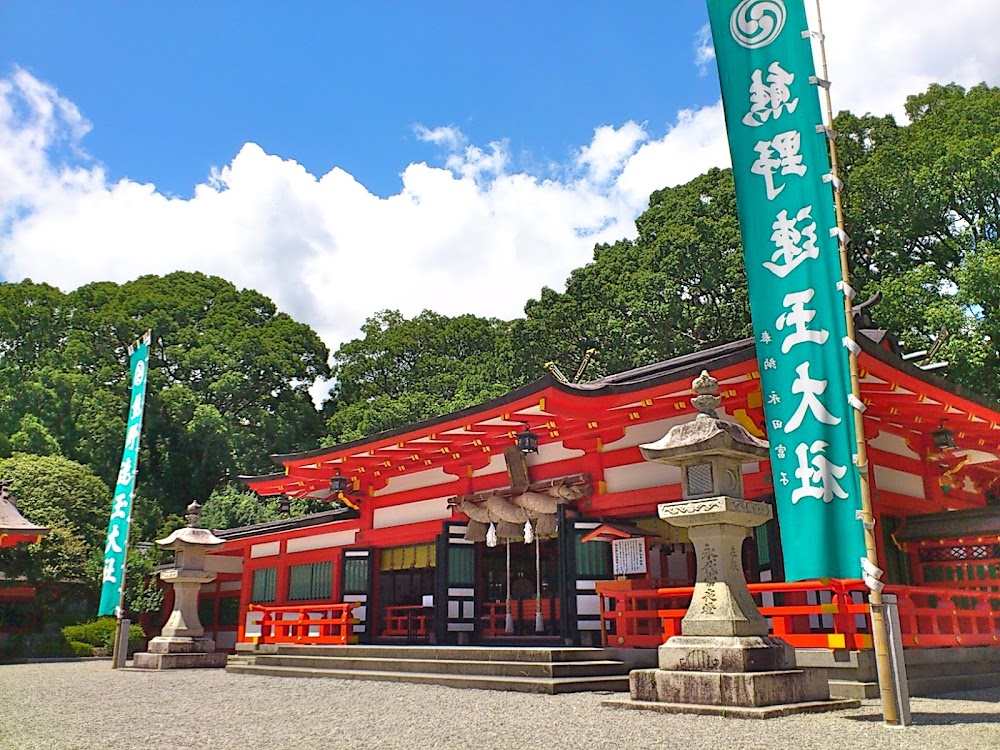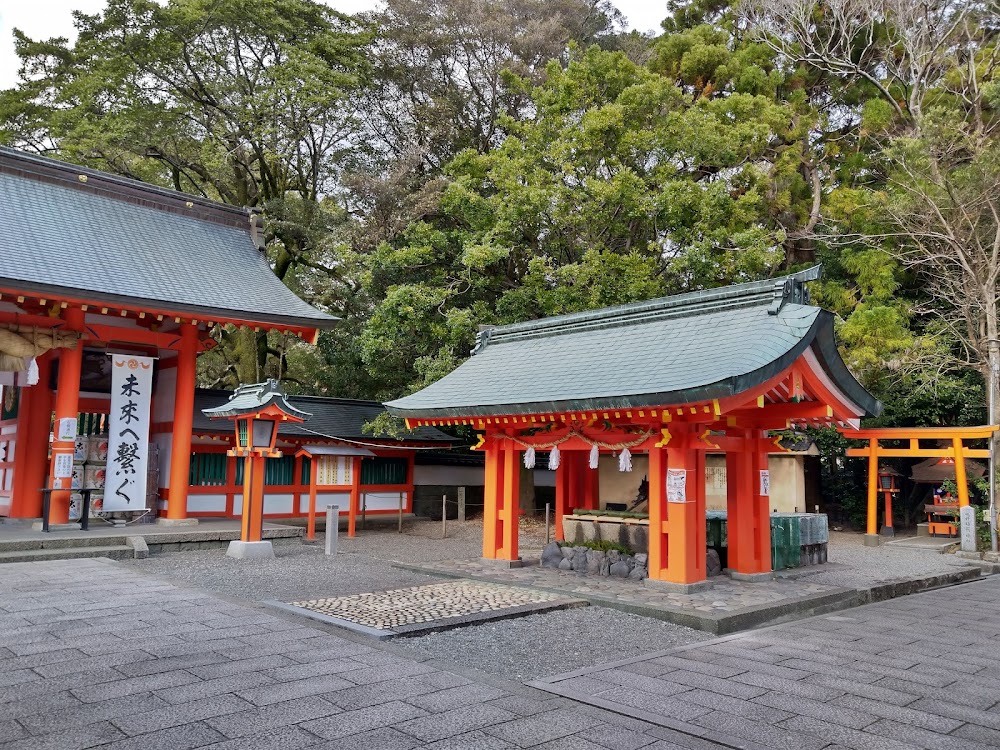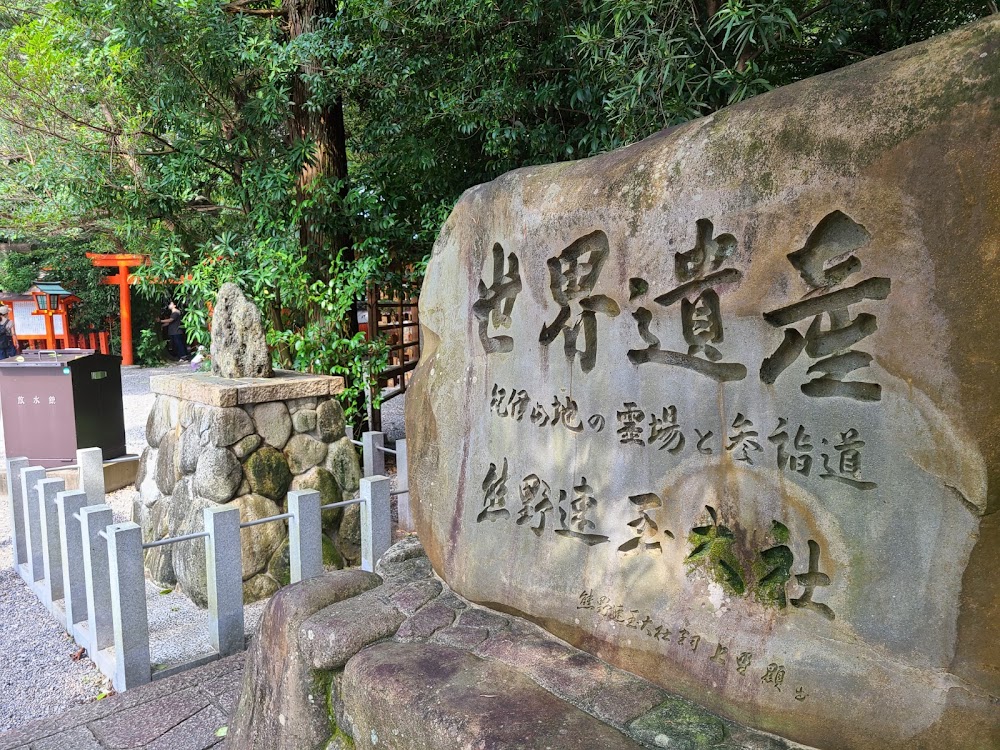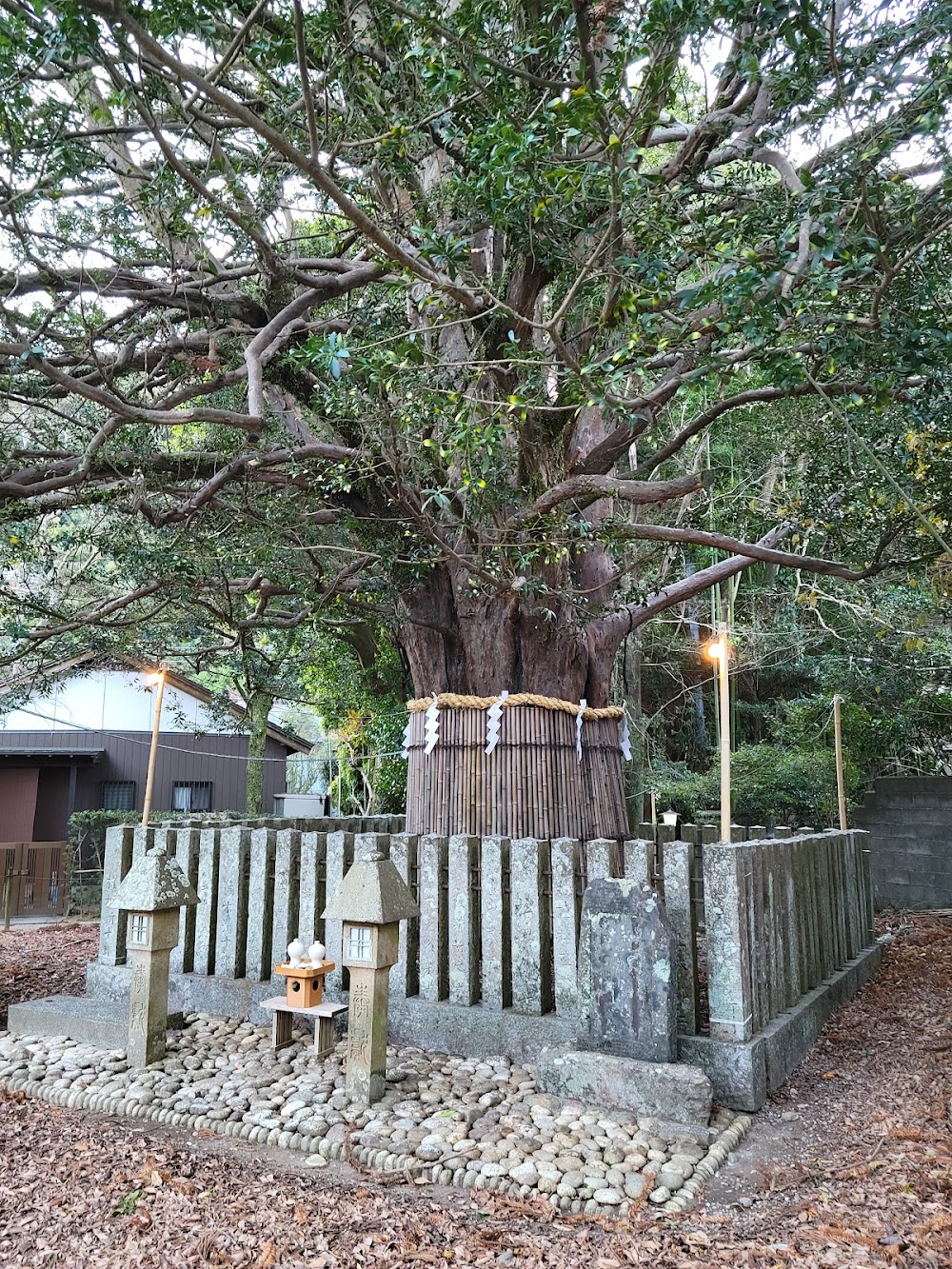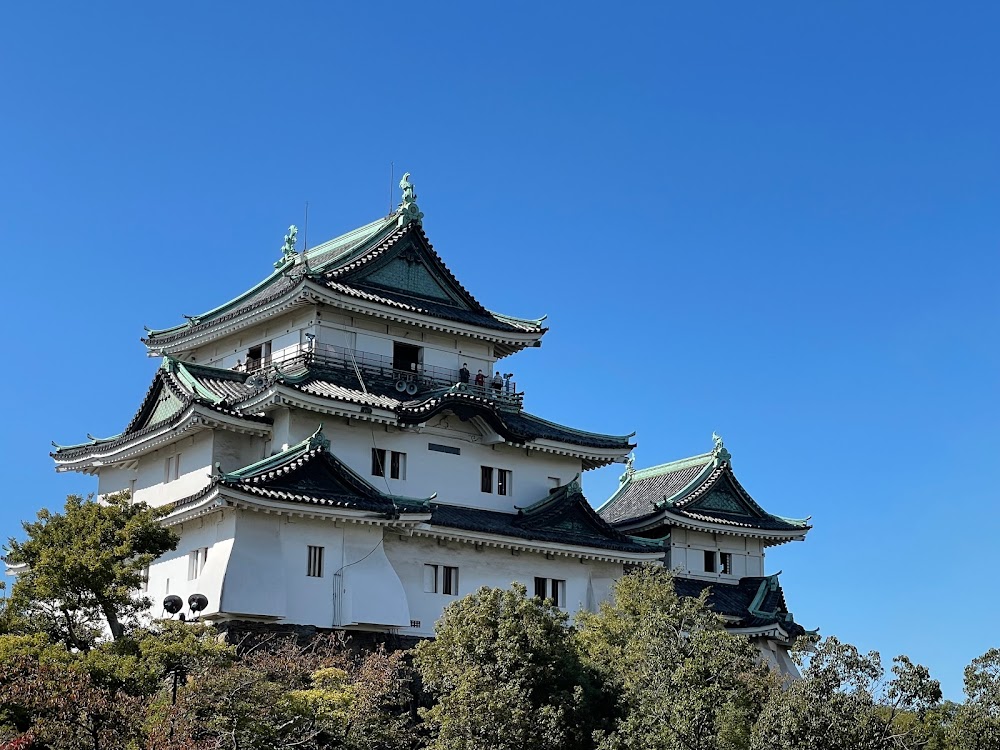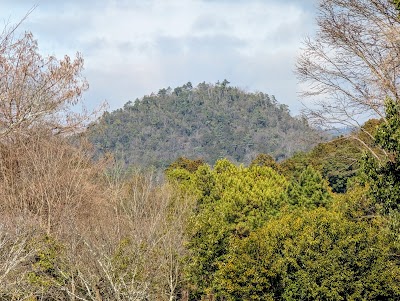Kumano Hayatama Taisha (熊野速玉大社)
Overview
Kumano Hayatama Taisha, a significant Shinto shrine, is located in Shingu City, Wakayama Prefecture, Japan. As part of the esteemed **Kumano Sanzan**, which encompasses three grand shrines of Kumano, this shrine holds a vital place in the spiritual landscape of the region.
In ancient times, Kumano Hayatama Taisha was intricately woven into the spiritual fabric of the area. While the shrine's precise origins remain a mystery, it is widely believed that religious activities have been conducted here for over a millennium. According to legend, the shrine's history dates back to the divine descent of gods, with the deity **Kumano Hayatama no Okami** enshrined within its sacred grounds.
The main hall, known as the **Honden**, exemplifies classical Shinto architecture, featuring a gracefully curved roof embellished with intricate wooden carvings and vibrant colors. The current structure was reconstructed in 1951 after enduring multiple destructions from fires and natural disasters, allowing visitors to appreciate its historical resilience.
Among the shrine's most revered features is the sacred **Nagi tree**, or **Nagi-no-Ki**, estimated to be over 800 years old. This majestic tree is not just a natural wonder but a spiritual symbol of longevity and resilience. Visitors often tie **omikuji** (fortune-telling paper strips) to its branches, seeking blessings and good fortune in their lives.
Kumano Hayatama Taisha serves as both a place of worship and a guardian of cultural heritage, preserving ancient rituals and festivals. One of its most prominent events is the annual spring festival of **Kumano Hongu Taisha**, which incorporates traditional dances and ceremonies, attracting visitors from across Japan to experience its vibrant atmosphere.
The journey to the shrine is an integral part of the experience itself. Pilgrims traditionally traverse the **Kumano Kodo** pilgrimage routes, ancient trails that wind through the scenic mountains of the Kii Peninsula. These paths were once traveled by emperors and aristocrats during the **Heian period** (794-1185), allowing modern visitors to connect with the historical and spiritual essence of the Kumano region.
The shrine's scenic location enhances its significance, nestled alongside the **Kumano River**, regarded as a purifying force. Pilgrims historically cleansed themselves in the river's waters before approaching the shrine, preparing both mind and body for the sacred journey ahead.
Additionally, the shrine complex features several auxiliary buildings and smaller shrines dedicated to various deities. Among them is the **Kamikura Shrine**, perched on a rocky cliff and believed to be the actual site where the deity first descended to Earth. Climbing the steep stone steps to Kamikura Shrine is considered a pilgrimage within a pilgrimage, offering stunning views and a deeper spiritual experience.
Visitors to Kumano Hayatama Taisha can also explore the **treasure hall**, or **Homotsuden**, which houses an impressive collection of historic artifacts and religious items. From ancient scrolls to ceremonial masks and beautifully crafted swords, each piece tells its own unique story and adds depth to the shrine's rich history.
In essence, Kumano Hayatama Taisha stands as a living testament to Japan's rich cultural and religious heritage. Nestled within the stunning natural beauty of Wakayama Prefecture, it invites all who visit to engage with its sacred legacy and find spiritual solace amidst its tranquil surroundings.


